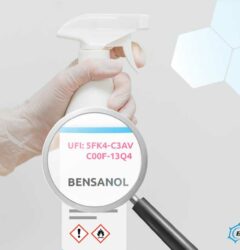25 Nov

Basically, it applies that all information, regardless of the origin of the safety data sheet (SDS), is written in the document in accordance with the legislation.
However, the form or manner of quoting information can vary depending on the geographical origin.
In other words, this means that the structure of the safety data sheet (SDS) is exactly defined and known. E.g. in Europe, the form is defined by the REACH Regulation 1907/2006, and in the US, by the 2012 OSHA Hazard Communication Standard (29 CFR 910.1200).
The sequence, naming and numbering of sections and subsections, required for use in the safety data sheet (SDS), are thus legally defined.
A difference can also occur in the content, as different criteria for chemicals classification apply in the US and Europe.
quoting information can vary depending on the geographical origin
Why is this important?
We often receive a US safety data sheet (SDS), which is different from the European one in form and content.
The client notices this when he or she receives a compiled European safety data sheet from us (the basis of which was the delivered original US SDS).
And these differences raise fair questions which we than explain. For example, why is our compiled European safety data sheet (SDS) different in point 2 compared to original US safety data sheet?
There are many more questions which I’m not going to go into right now as they are different from case to case.
Here’s one general question that needs to be addressed:
What would it mean if the original US safety data sheet (SDS) was simply translated?
If we considered the US safety data sheet (SDS) and simply translated it, we would violate the European legislation.
That is why it’s extremely important to know the European and local legislation if you want to operate without interruption.



Simona Miklavčič